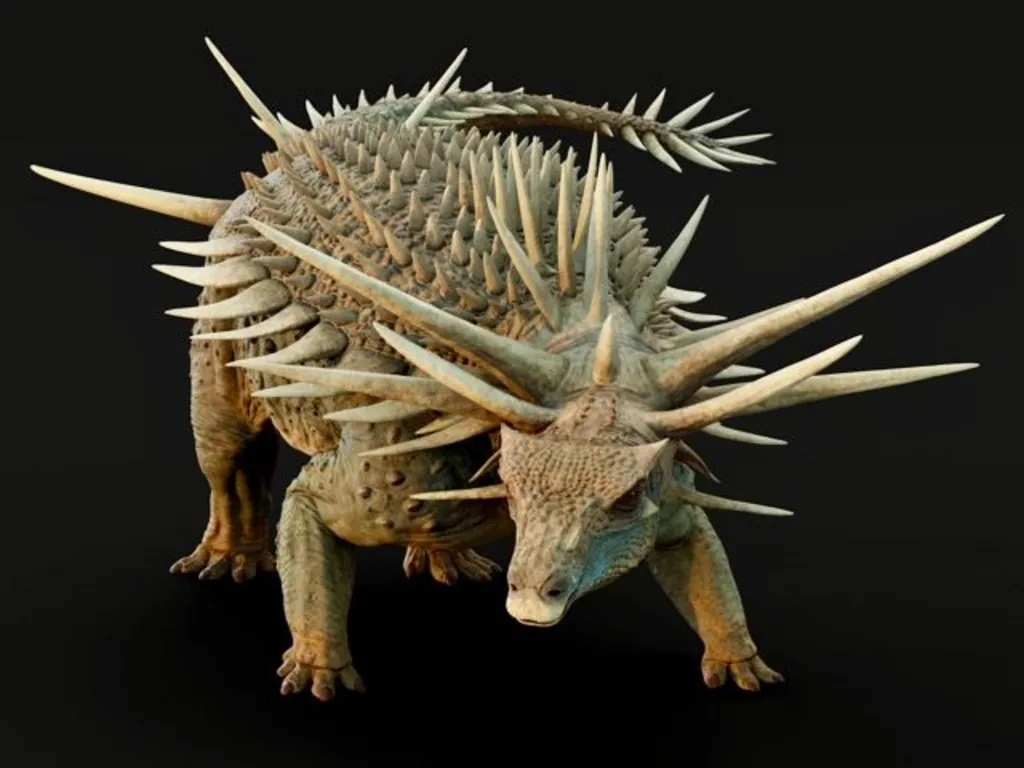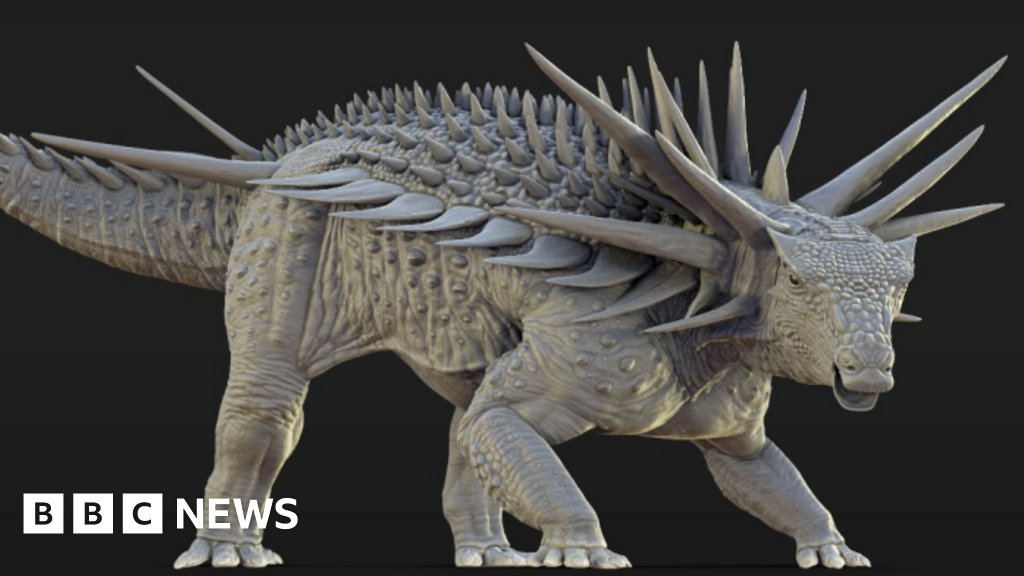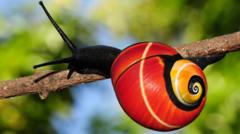Naked mole rats, often described as strange, bald rodents resembling sausages with teeth, have unlocked a genetic secret that could revolutionize our understanding of aging. A recent study conducted by a team from Tongji University in Shanghai has shown that these extraordinary animals possess a DNA repair mechanism that significantly contributes to their longevity.
As the longest-lived rodents on the planet, with lifespans reaching nearly 40 years, naked mole rats face fewer age-related diseases than typical mammals. Their remarkable resistance to ailments such as cancer and brain deterioration has sparked scientific curiosity into their unique biology.
The research reveals that a specific protein, c-GAS, plays a crucial role in how naked mole rats repair their DNA. Unlike in humans, where c-GAS interferes with DNA repair processes, in naked mole rats, this protein actually enhances their ability to mend damaged DNA, maintaining the integrity of their genetic code.
Professor Gabriel Balmus from the University of Cambridge, who studies DNA repair and aging, stated that this discovery is just the beginning. He compared c-GAS to a biological Lego piece, noting how evolutionary changes have allowed naked mole rats to ‘rewire’ this protein for their benefit. The implications of this research could lead to innovative therapies aimed at improving human health and extending the quality of life as people age.
Overall, this fascinating study not only sheds light on the mysteries of longevity but also poses deeper questions about evolution and its impact on living organisms’ health and lifespan.















